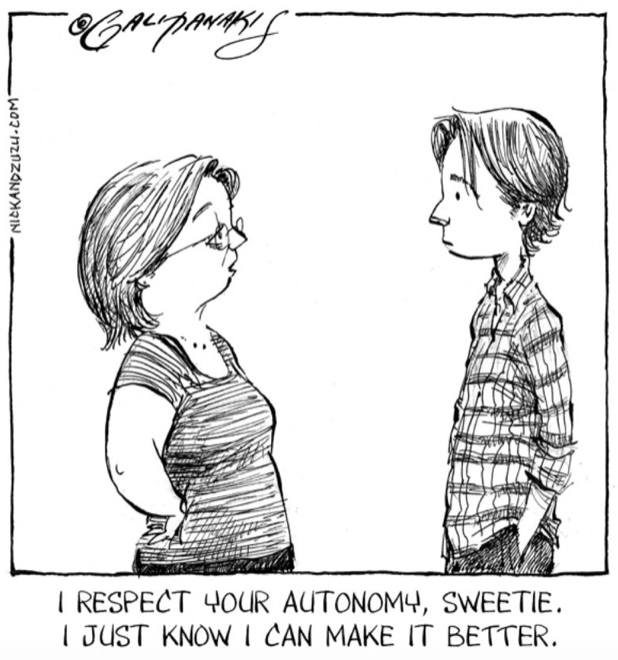4.1: The rationale behind this procedure

Mark this lesson COMPLETE once you have met the requirements of the following LEARNING OUTCOME:
I can explain to a teacher that taking part in an Observation and Feedback is Independent Practice and not an APPRAISAL.
SETTING THE SCENE:
We now turn our attention from the informal In-Class Support approaches in Unit 3 (Explicit Teaching using Modelling and Guided Practice with a little bit of Independent Practice in Team Teaching) to a more formal learning approach which fully embraces Independent Practice.
In our coaching model we have embedded this concept of Independent Practice in our 'Observation and Feedback Procedure'.
You should already be familar with this process as you have been through this as a learner on your way to Teacher Accreditation. We want to spend a bit more time on this so that the rationale behind it (the SharpReading Coach Mindset) is very clear for you as a Coach.
THE PROBLEM YOU WILL ENCOUNTER
Most teacher's stress levels quickly elevate at the mention of a classroom observation!
You need to understand that response and know how to mitigate it.
Observation and Feedback is INDEPENDENT PRACTICE not TEACHER APPRAISAL!
A Reminder about Independent Practice
Remember (especially in Stage 3) explaining to the students the purpose of Independent Practice, assuring them that there would be no judgment about their efforts, that this was a chance to get on the bike and have a go, to take risks and see whether their brain can connect the dots and problem-solve on their way to mastering a new skill.
We refer to Independent Practice as a more 'formal' approach as we are no longer involved in the to-and-fro' of explicit teaching. The assumption is that the learner now has enough knowledge of the skill to be able to monitor and self-reflect on their own progress and come up with their own solutions. So we back off and observe to see whether this is the case. We are trying to assure them they are now in control of their learning. We are offering them 'autonomy'.
In Stages 1&2, were they able to decode the page successfully (it was in the 'hard fun' zone) during Bit 2.
In Stage 3, were they able to unpack a sentence convincingly!
Think about your own learning. Feeling that you have some control over that learning is where the best learning occurs.

This is the same learning environment we want to establish for your teachers in the Observation and Feedback procedure.
Now that they have a working knowledge of a SharpReading routine, can they self-reflect on their delivery. Can they identify when they are doing something that is not quite right and self-correct without us micro-managing their learning?
There are two distinct components to this procedure that you have to master and we will introduce them separately.
UNIT 5: Observing the lesson - collecting data on what is happening in front of you without interferring in the teaching in any way.
UNIT 6: Providing Feedback - a process for self-reflection and goal setting that is lead by the teacher.
LESSON REVIEW
Mark this lesson as complete when you have met the following LEARNING OUTCOME:
I have successfully explained to another teacher that the Observation and Feedback model is all about INDEPENDENT PRACTICE not APPRAISAL.